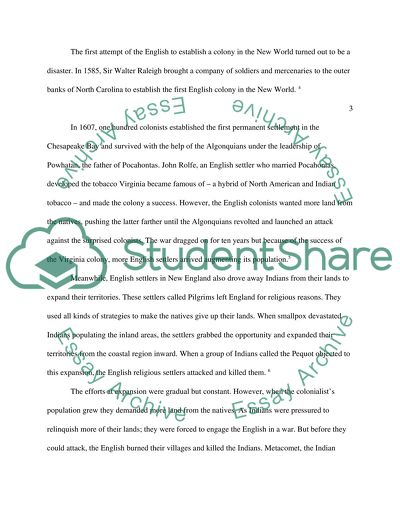Cite this document
(“Manifest Destiny Essay Example | Topics and Well Written Essays - 1250 words”, n.d.)
Manifest Destiny Essay Example | Topics and Well Written Essays - 1250 words. Retrieved from https://studentshare.org/miscellaneous/1545536-manifest-destiny
Manifest Destiny Essay Example | Topics and Well Written Essays - 1250 words. Retrieved from https://studentshare.org/miscellaneous/1545536-manifest-destiny
(Manifest Destiny Essay Example | Topics and Well Written Essays - 1250 Words)
Manifest Destiny Essay Example | Topics and Well Written Essays - 1250 Words. https://studentshare.org/miscellaneous/1545536-manifest-destiny.
Manifest Destiny Essay Example | Topics and Well Written Essays - 1250 Words. https://studentshare.org/miscellaneous/1545536-manifest-destiny.
“Manifest Destiny Essay Example | Topics and Well Written Essays - 1250 Words”, n.d. https://studentshare.org/miscellaneous/1545536-manifest-destiny.


